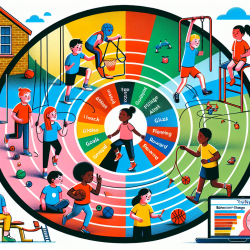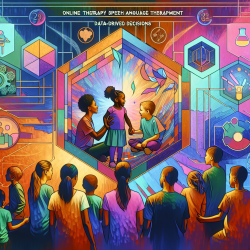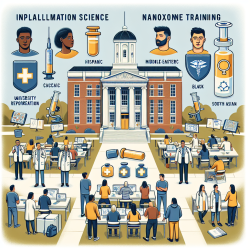As a practitioner dedicated to creating optimal outcomes for children with Autism Spectrum Disorder (ASD), staying abreast of the latest research and technological advancements is crucial. A recent study titled Mapping Robots to Therapy and Educational Objectives for Children with Autism Spectrum Disorder provides valuable insights into how robots can be integrated into therapy and education for children with ASD. This blog post will explore the key findings and practical applications of this research to enhance your practice.
Overview of the Research
The study conducted by Huijnen et al. (2016) aimed to increase knowledge on therapy and educational objectives for children with ASD and to identify corresponding state-of-the-art robots. The research involved focus group sessions with 53 ASD professionals from nine organizations to create an objectives overview, followed by a systematic literature study to identify robots that match these objectives.
Key Findings
- Professionals identified 74 therapy and educational objectives across nine domains.
- State-of-the-art robots addressed 24 of these objectives in eight domains.
- Robots like NAO, KASPAR, and Probo were found to be effective in promoting social interactions, communication, and play.
- Most studies used robots in a tele-operated Wizard of Oz style, but there is a call for more autonomous robots.
Practical Applications
To integrate these findings into your practice, consider the following steps:
- Identify Objectives: Start by identifying the specific therapy and educational objectives for each child. Use the comprehensive list of 74 objectives as a guide.
- Select Appropriate Robots: Choose robots that match the identified objectives. For example, NAO and KASPAR are effective for social interactions and communication.
- Customize Interventions: Tailor the robot-assisted interventions to meet the individual needs of each child. Personalization is key due to the heterogeneous nature of ASD.
- Collaborate with Experts: Work closely with technology developers to create and implement robot-assisted interventions that are effective and practical.
Encouraging Further Research
While the study provides a solid foundation, more research is needed to fully understand the clinical effects and added value of robots in therapy and education for children with ASD. Practitioners are encouraged to participate in ongoing research and contribute to the development of evidence-based practices.
To read the original research paper, please follow this link: Mapping Robots to Therapy and Educational Objectives for Children with Autism Spectrum Disorder.










